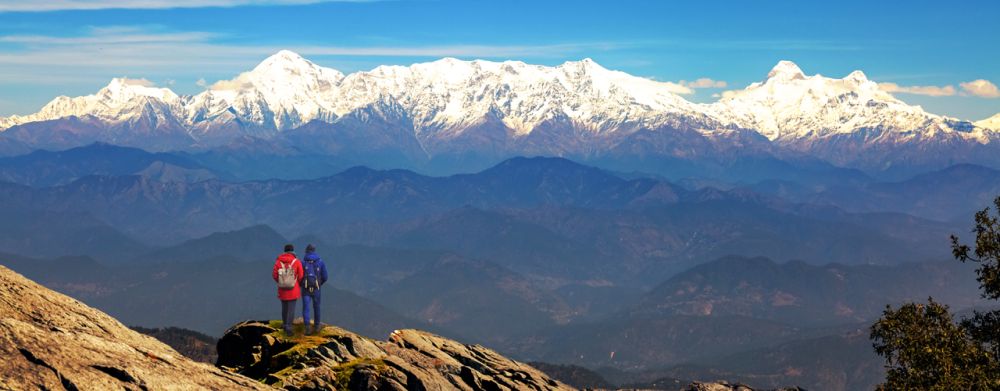

Nestled amidst the beautiful Kumaon hills, Binsar is a serene hill station located in the state of Uttarakhand, India. The history of Binsar as a tourist destination is intertwined with its natural beauty and rich cultural heritage. Tucked away at an altitude of 2,420 meters, Binsar offers panoramic views of the Himalayan peaks like Nanda Devi, Trishul, and Panchachuli. The area around Binsar has been a source of inspiration for many nature lovers, writers, and poets.
The Binsar region was historically ruled by Chand kings during the 7th and 8th centuries. The area is dotted with relics and temples that point to its historical significance. Known for its scenic splendor and rustic charm, Binsar became a summer retreat for British officials during the colonial era. It was during this time that Binsar started to gain popularity as a hill station, with its pleasantly cool climate being a respite from the scorching heat of the Indian plains.
The rich biodiversity of Binsar, along with its historical attractions, sparked interest among nature enthusiasts and history buffs alike. Post-independence, Binsar's untouched natural beauty attracted tourists seeking tranquillity and a unique cultural experience. Binsar Wildlife Sanctuary, established in 1988, played a pivotal role in the diversification of tourism in the area, offering opportunities for wildlife watching, birding, and nature walks.
In recent times, Binsar has emerged as an eco-tourism destination with a focus on preserving its pristine forests and rich wildlife. Tourism trends have seen a shift from traditional sightseeing to more immersive experiences. Homestays and eco-friendly lodges have become increasingly popular, offering an alternative to the conventional hotel stay. Agro-tourism and village tourism have started to catch on, where visitors participate in organic farming and get a taste of local Kumaoni culture. Trekking, mountain biking, and camping are some of the adventurous activities that lure tourists to Binsar.
The balance between tourism development and conservation is a challenge in Binsar. The management of the Binsar Wildlife Sanctuary ensures that tourism is sustainable and does not disturb the area's ecological balance. The sanctuary is home to a variety of flora and fauna, including leopards, Himalayan bears, and over 200 species of birds, making it a haven for nature lovers and wildlife photographers.
Binsar is a gem in the crown of Uttarakhand tourism with its serene beauty, historical charm, and eco-conscious approach to welcoming visitors. It continues to enchant travelers from around the world while maintaining its commitment to preserving the natural environment. The future of Binsar tourism looks promising, with an ever-increasing emphasis on ethical and responsible travel.